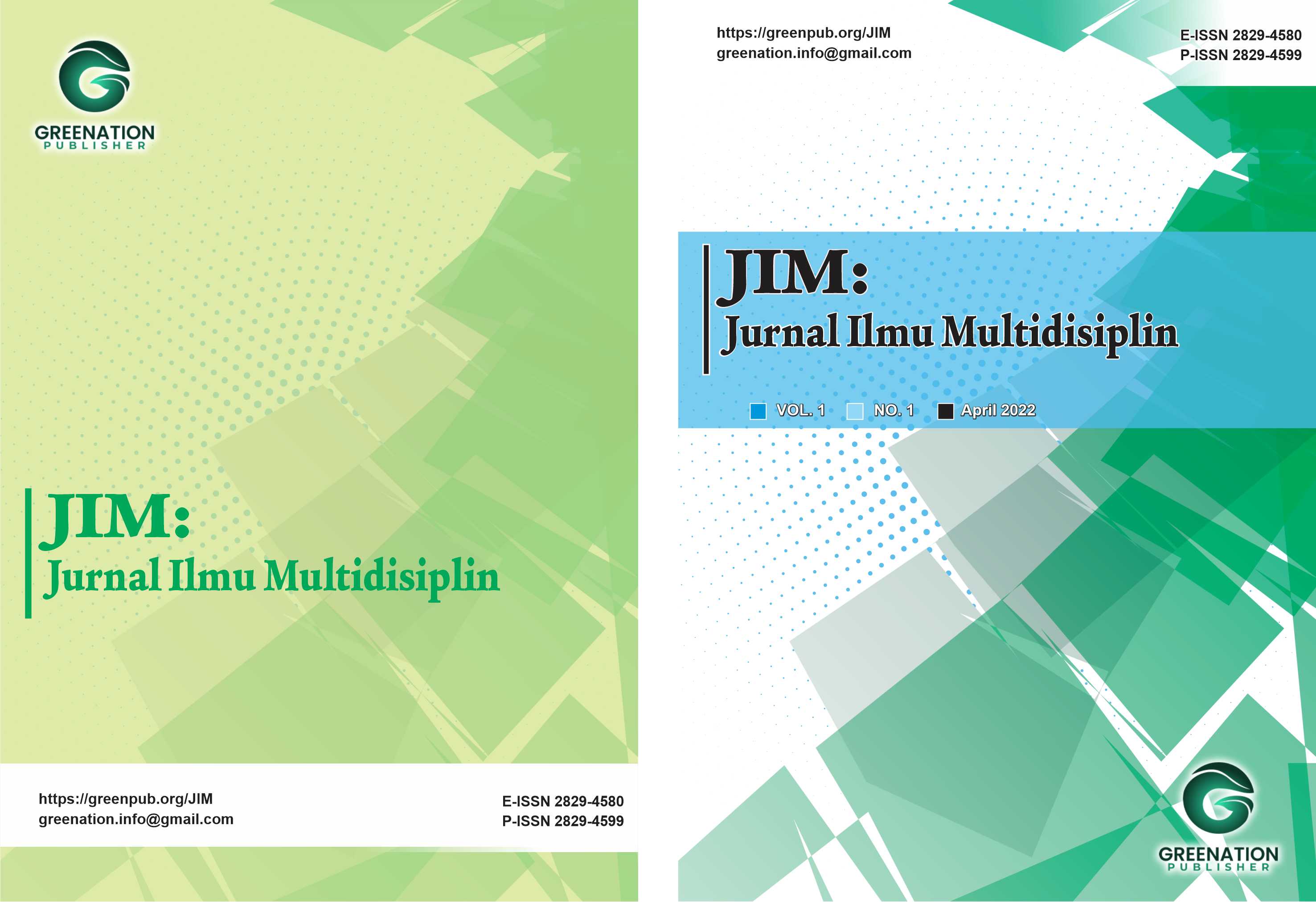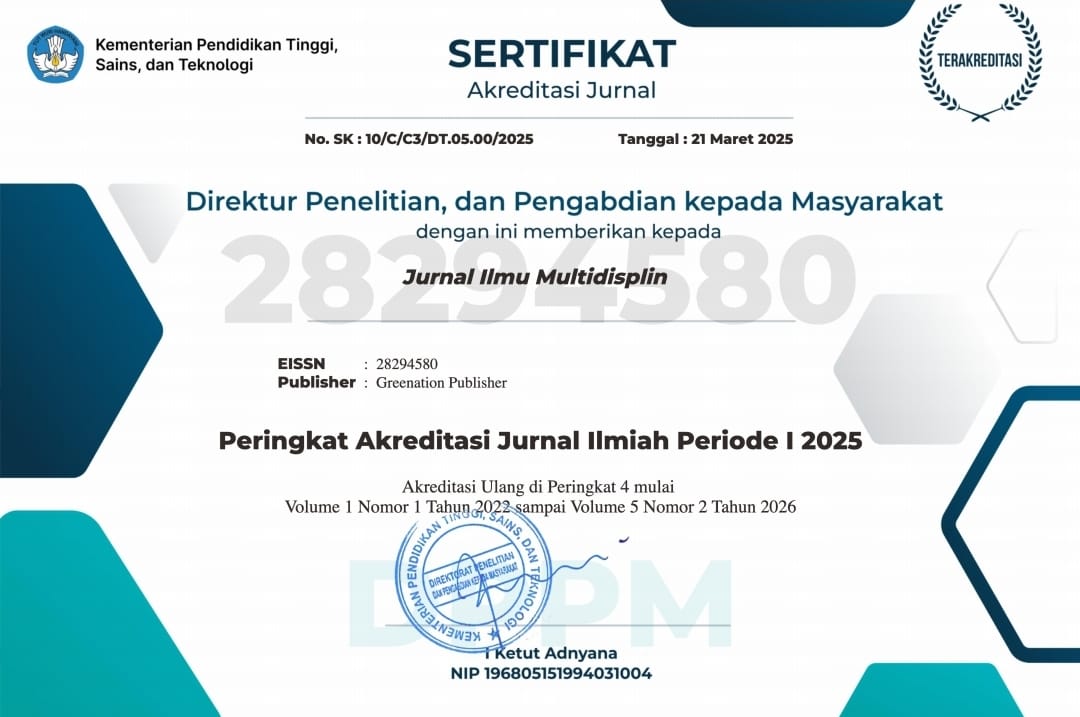Suspicion as Symbol: Hermeneutic-Semiotic Construction of Fraud as Forensic Doctrine in the Indonesia Stock Exchange (2004–2024)
DOI:
https://doi.org/10.38035/jim.v4i3.1251Keywords:
Symbolic Suspicion Theory (SST), Forensic Audit Discourse, Hermeneutics of Suspicion, Semiotics of Fraud, Audit EpistemologyAbstract
This article proposes the Symbolic Suspicion Theory (SST) to reconceptualize forensic audit discourse in the Indonesia Stock Exchange (IDX) from 2004 to 2024. Drawing on semiotics, hermeneutics of suspicion, and critical discourse theory, the research analyzes 20 years of public audit reports, IPO fraud cases, regulatory documents, and news archives. Rather than treating fraud as a purely factual deviation, SST interprets suspicion as a symbolic form that operates across myth, ethics, and institutional legitimacy. Using the lenses of Cassirer’s mythic logic, Ricoeur’s metaphorical discourse, and Derrida’s différance, the study identifies four temporal layers: (1) 2004–2008’s proto-suspicion amidst liberalization; (2) 2009–2014’s institutionalization of suspicion via corporate governance; (3) 2015–2020’s affective turn during the tech unicorn era; and (4) 2021–2024’s ESG-driven symbolic inflation of audit ethics. Findings demonstrate that suspicion functions analogously to religious heresy in pre-modern law: necessary to demarcate truth, not merely expose deception. SST challenges positivist audit paradigms by framing fraud not only as a forensic target, but as a hermeneutic object embedded in cultural narratives, regulatory myths, and affective language. The audit report, thus, must be read as a symbolic text layered with moral, political, and epistemic tensions. The study concludes that forensic accounting education must integrate symbolic-literary and interpretive competencies to critically engage the evolving semiotics of suspicion.
References
Barthes, R. (1972). Mythologies (A. Lavers, Trans.). Hill and Wang.
https://doi.org/10.4324/9780203793206
Bourdieu, P. (1991). Language and Symbolic Power (J. B. Thompson, Ed.; G. Raymond & M. Adamson, Trans.). Harvard University Press. https://doi.org/10.4324/9780429494334
Cassirer, E. (1946). The Myth of the State. Yale University Press.
Derrida, J. (1978). Writing and Difference (A. Bass, Trans.). University of Chicago Press.
https://doi.org/10.7208/chicago/9780226816079.001.0001
Eco, U. (1976). A Theory of Semiotics. Indiana University Press. https://doi.org/10.1007/978-1-349-24002-9
Foucault, M. (1977). Discipline and Punish: The Birth of the Prison (A. Sheridan, Trans.). Vintage Books.
Habermas, J. (1984). The Theory of Communicative Action: Vol. 1. Reason and the Rationalization of Society (T. McCarthy, Trans.). Beacon Press.
https://doi.org/10.2307/j.ctvjf9z1g
Jakobson, R. (1960). Linguistics and poetics. In T. A. Sebeok (Ed.), Style in Language (pp. 350–377). MIT Press.
Morris, C. (1946). Signs, Language, and Behavior. Prentice-Hall.
Peirce, C. S. (1998). The Essential Peirce: Selected Philosophical Writings, Volume 2 (1893–1913) (Peirce Edition Project, Ed.). Indiana University Press.
Ricoeur, P. (1970). Freud and Philosophy: An Essay on Interpretation (D. Savage, Trans.). Yale University Press. https://doi.org/10.7208/chicago/9780226713460.001.0001
Ricoeur, P. (1976). Interpretation Theory: Discourse and the Surplus of Meaning. Texas Christian University Press.
Ricoeur, P. (1981). Hermeneutics and the Human Sciences (J. B. Thompson, Ed. & Trans.). Cambridge University Press.https://doi.org/10.1017/CBO9780511622011
Sikka, P. (2010). The corporate governance obsession. Accounting, Auditing & Accountability Journal, 23(7), 850–884. https://doi.org/10.1108/09513571011080170
Tinker, T., Merino, B. D., & Neimark, M. D. (1982). The normative origins of positive theories: Ideology and accounting thought. Accounting, Organizations and Society, 7(2),167–200. https://doi.org/10.1016/0361-3682(82)90019-8
Yusoff, H., & Alhaji, I. A. (2012). Corporate social responsibility and corporate governance in Malaysian government-linked companies. International Journal of Business and Social Science, 3(14), 228–238. https://ijbssnet.com/journals/Vol_3_No_14_Special_Issue_July_2012/26.pdf
Zan, L. (2004). Accounting and management discourse in proto-industrial settings: The Venice Arsenal in the 16th century. Accounting and Business Research, 34(2), 145–165. https://doi.org/10.1080/00014788.2004.9729953
Downloads
Published
How to Cite
Issue
Section
License
Copyright (c) 2025 Apollo apollo, Caturida Meiwanto Doktoralina

This work is licensed under a Creative Commons Attribution 4.0 International License.
You are free to:
- Share— copy and redistribute the material in any medium or format
- Adapt— remix, transform, and build upon the material for any purpose, even commercially.
The licensor cannot revoke these freedoms as long as you follow the license terms.
Under the following terms:
- Attribution— You must give appropriate credit, provide a link to the license, and indicate if changes were made. You may do so in any reasonable manner, but not in any way that suggests the licensor endorses you or your use.
- No additional restrictions— You may not apply legal terms or technological measures that legally restrict others from doing anything the license permits.
Notices:
- You do not have to comply with the license for elements of the material in the public domain or where your use is permitted by an applicable exception or limitation.
- No warranties are given. The license may not give you all of the permissions necessary for your intended use. For example, other rights such as publicity, privacy, or moral rightsmay limit how you use the material.




























